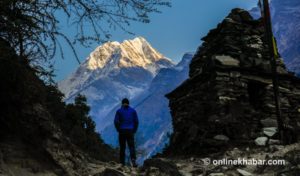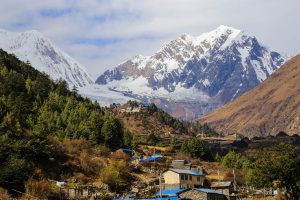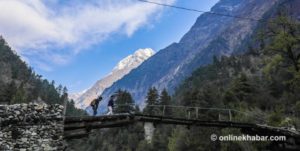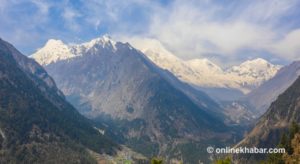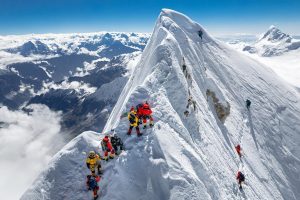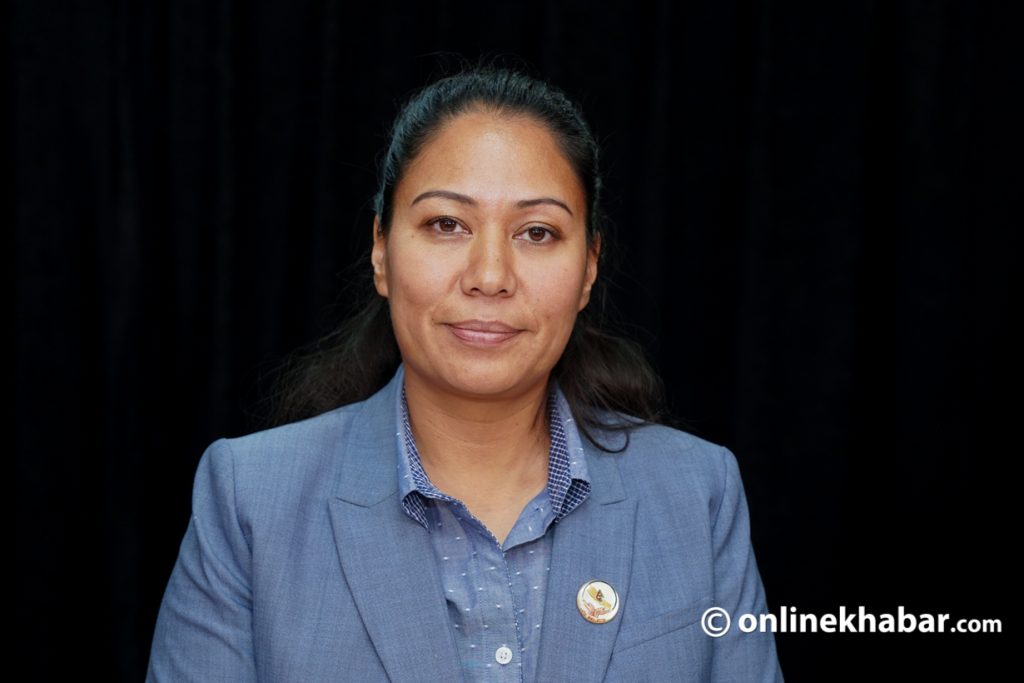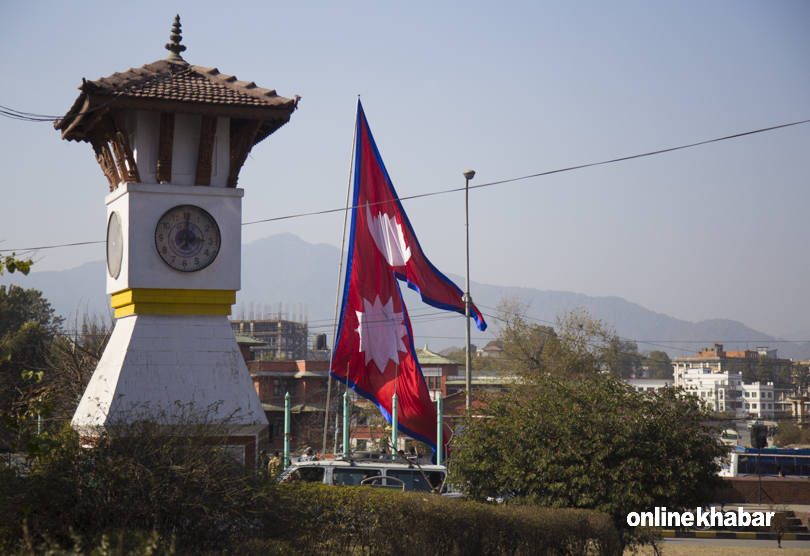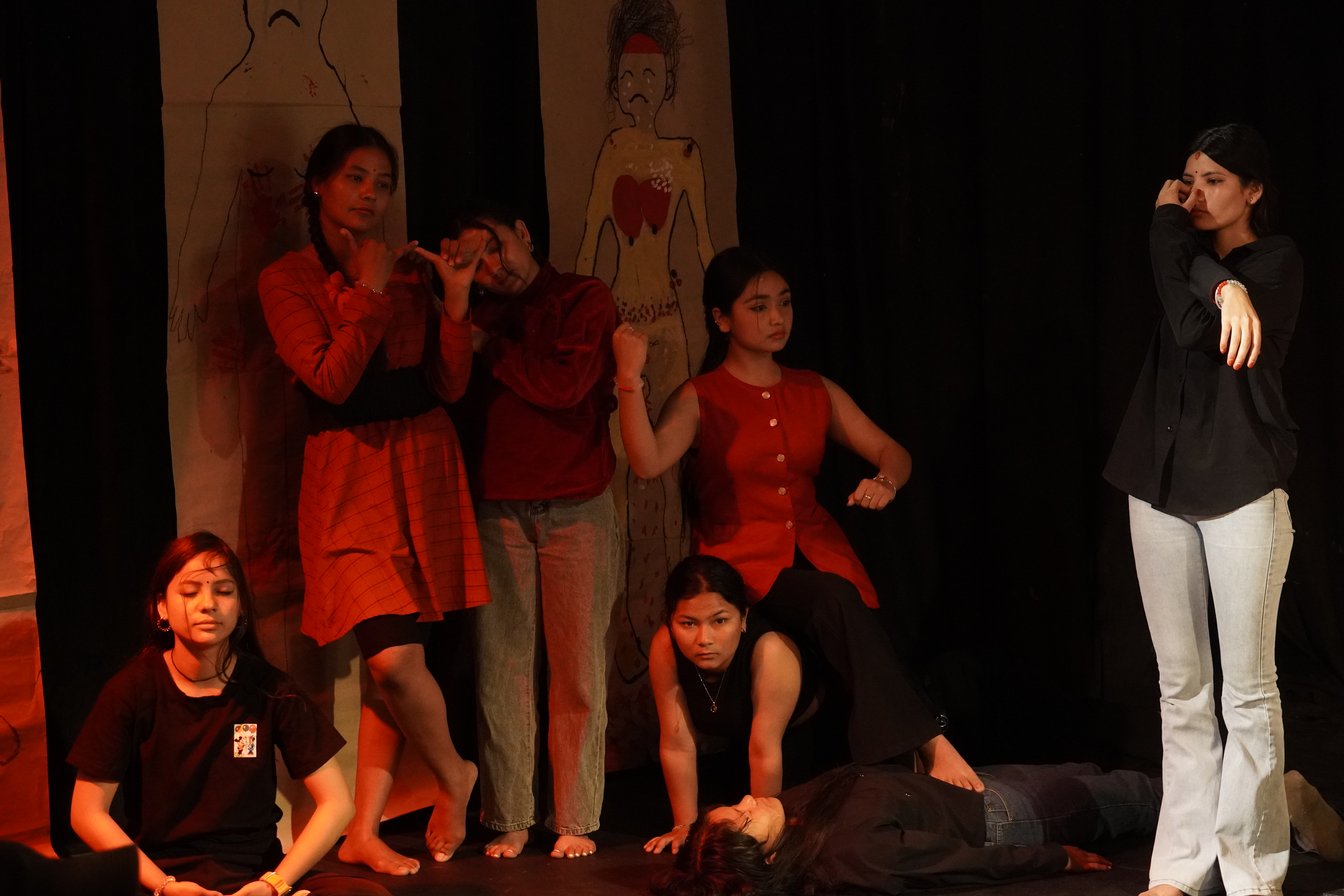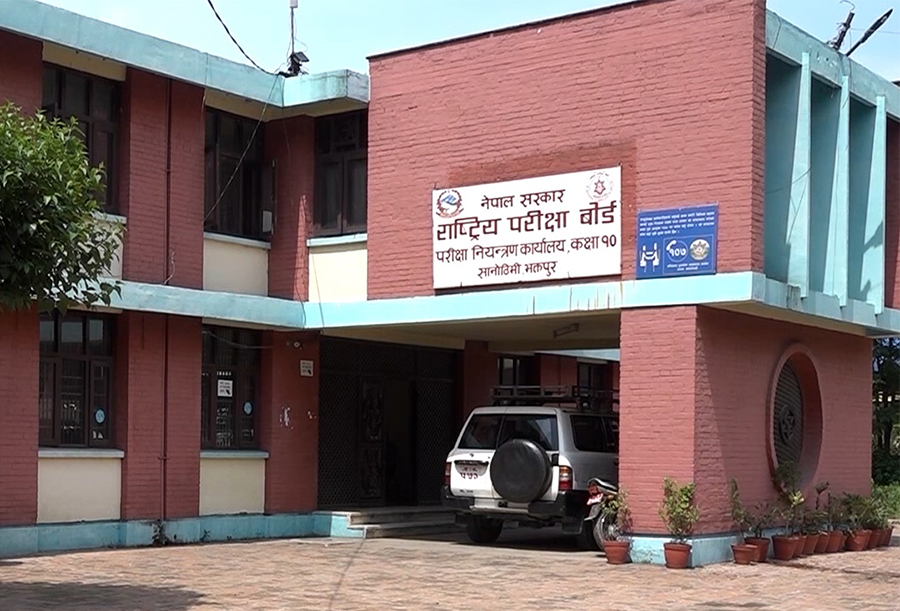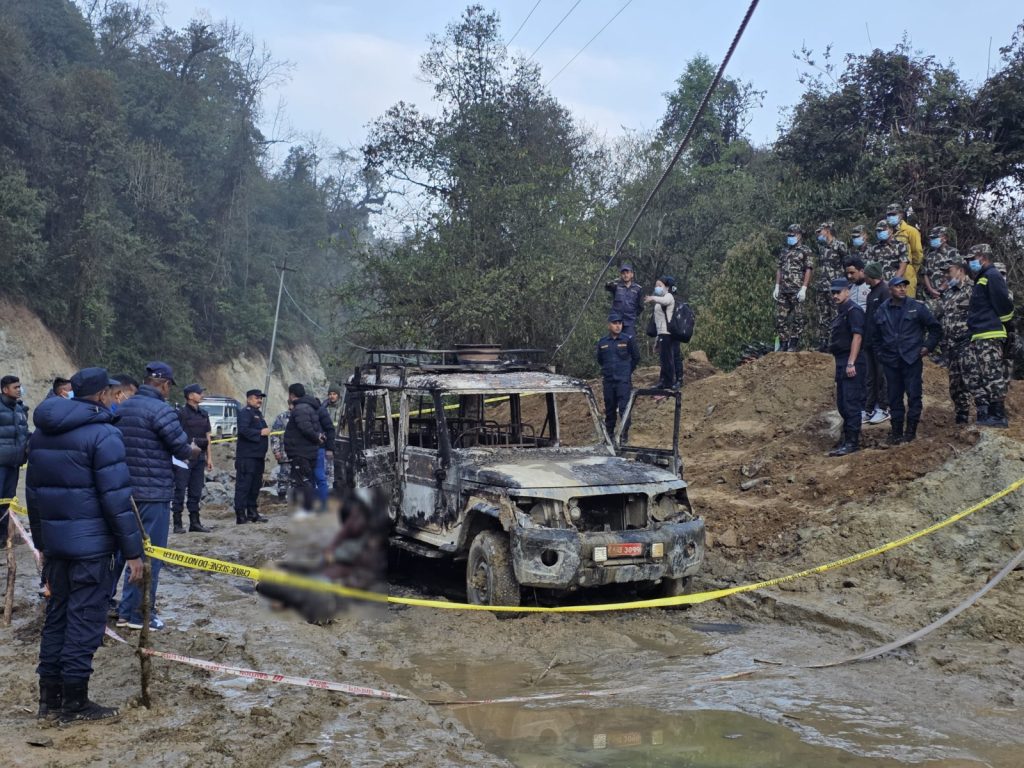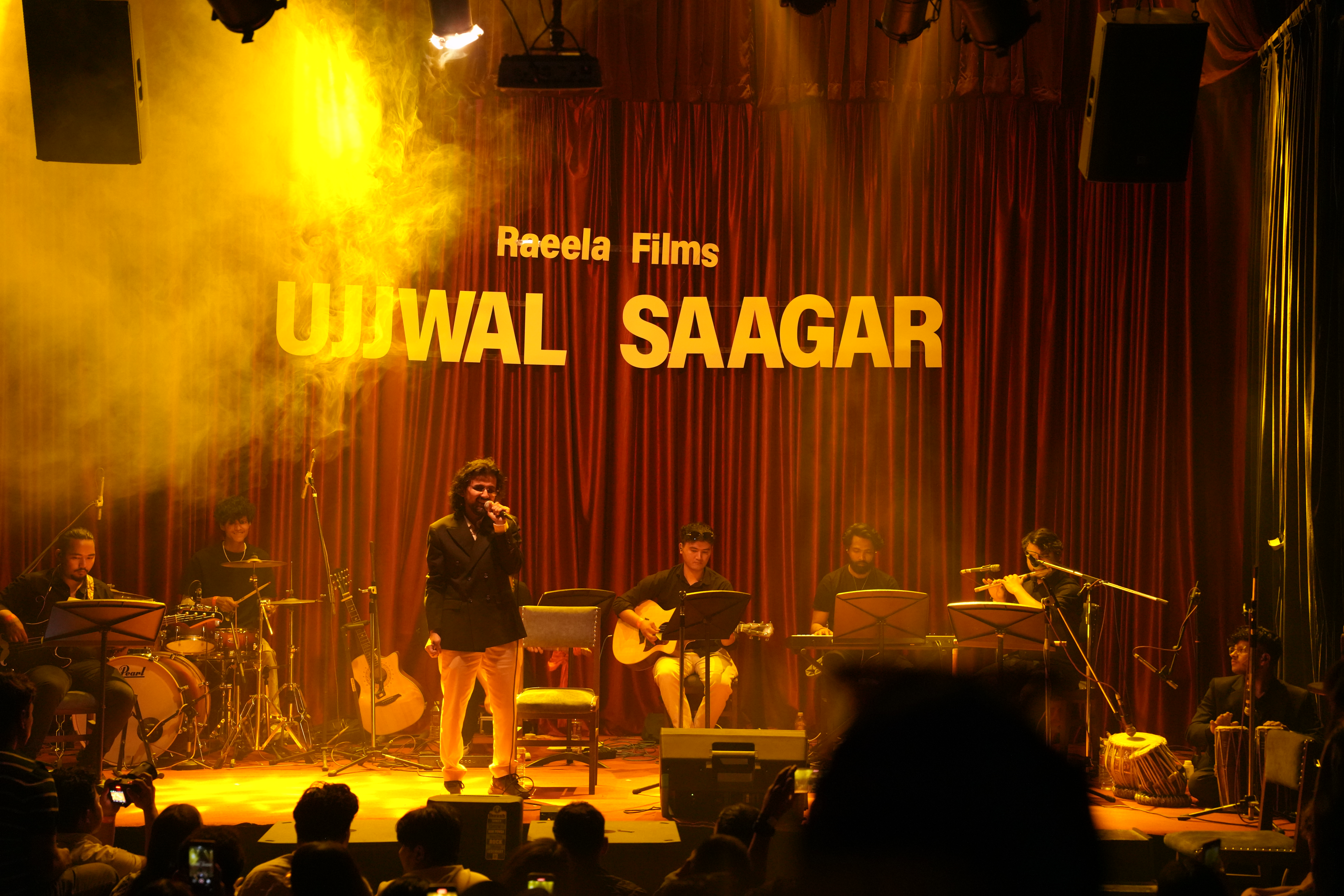
The Manaslu Circuit Trek, known for its pristine landscapes and unique cultural experiences, is facing an unseen rise in temperature in its lower regions. Locals and trekkers have reported that November, normally characterised by crisp, cool weather, is surprisingly warm this year.
The change has not only impacted the trekking experience but also raised concerns about the region’s economy, ecology, and future of trekking in Nepal.
Weather conditions and trends of temperature
Traditionally, November in the lower Manaslu region sees daytime temperatures averaging 10°C-15°C, with colder nights dropping to around 5°C. However, this year, locals of villages like Soti Khola, Machha Khola, and Jagat reported that the temperatures range around 20°C during the day, making it usually warm.
The evenings are warmer than usual, unlike the usual cold that sets in after sunset. “By this time of year, we usually had to wear heavy jackets in the morning and evening, but now a light sweater is enough”, said Purna Tamang, a local tea house owner in Machha Khola.
Impacts on local communities
The unseasonal warmth has brought mixed reactions from the local communities. On the one hand, the milder weather has extended the working hours for farming activities, as people can stay outdoors longer. However, the rising temperatures have also affected water sources, with some streams drying up earlier than usual.
“Many of us depend on watermills for grinding grain. The lower water flow is a big problem”, shared Dhan Bahadur Gurung, a resident of Jagat. Additionally, warmer temperatures have altered planting and harvesting cycles, leaving farmers uncertain about the yield of traditional crops like millet and bucket wheat.
From an economic perspective, fewer cold-weather gear sales have been reported. Local shops, which usually sell jackets, gloves, and warm socks to trekkers, have seen a dip in demand. “This year, tourists are asking for sunscreen and light clothing instead”, said Laxmi Maya, a vendor in Soti Khola.
Effects on the trekking industry
The different mountain Trekking routes of Nepal attracts thousands of trekkers annually, many of whom seek the thrill of trekking in cold conditions while enjoying snow-capped vistas. The unusual warmth has somewhat diminished this experience.
“Part of the charm of this trek is battling the cold and savoring a hot cup of tea by a fire. Now, it feels more like a spring trek,” said Alex Turner, a trekker from the United States.
While the warm weather has made trekking easier for some, especially beginners, seasoned trekkers and adventure enthusiasts feel the trek has lost its edge. The changing conditions have also increased the presence of insects and leeches in the lower regions, further discouraging visitors.
Tour operators have noted a slight decline in bookings for late autumn treks. “Many trekkers who planned for a winter experience is reconsidering their options,” said a representative from a Kathmandu-based trekking agency.
Possible reasons for the warming weather
Experts reported that the rising temperatures are a combination of global climate change and local factors. Nepal’s average temperature has been increasing by 0.06°C annually, according to a report by the Department of Hydrology and Meteorology.
Deforestation in the lower Manaslu region, to fulfil the increasing demand for timber to build houses and farmland for cultivation, has likely worsened the problem. Additionally, the rise in tourism-related infrastructure, such as new roads and guesthouses, may contribute to localised warming by altering natural landscapes.
Economic impacts and long-term concerns
The economic implications of rising temperatures are far-reaching. Locals fear that the unpredictability of weather patterns may reduce the appeal of trekking in the region, a vital source of income.
Moreover, the warming trend could lead to ecological changes, such as shifts in vegetation zones, which may impact the availability of traditional medicinal plants that many locals harvest and sell. Reduced snowfall in higher regions might affect water availability downstream, further straining agriculture and daily life.
Mitigation strategies
Addressing these issues requires collaborative initiative from local as well as government. Reforestation and afforestation could be a crucial effort in restoring the natural balance. Local communities and trekking agencies could collaborate to plant native tree species along trekking routes, which would not only help in balancing climatic conditions but also add aesthetic and ecological value.
Implementing sustainable tourism practices is another crucial step. Encouraging eco-friendly accommodations and reducing the carbon footprint of trekking activities, such as promoting solar energy use in teahouses, can mitigate localized warming.
Education and awareness campaigns are also vital. By involving locals in discussions about climate change and sustainable practices, communities can take ownership of conservation efforts. Government policies should prioritize research and allocate budgets to the field of sustainable farming and eco-tourism initiatives.
What lies ahead?
The increasing warmth in the lower regions of the Manaslu Circuit Trek is a wake-up call for all stakeholders. While it may offer temporary relief to some, the long-term consequences could be devastating for the local economy, ecology, and trekking industry.
“As trekkers, we need to be more mindful of our impact on the places we visit. Supporting eco-friendly businesses and reducing waste can go a long way,” said Olivia Martinez, a trekker from Spain.
Locals like Purna Tamang shares his sentiment. “Our mountains are not just for us; they belong to the world. We need to protect them for the next generation”, he said.
Manaslu Circuit remains one of Nepal’s most iconic trekking routes, but it is not immune to the effects of climate change. Immediate action and long-term planning are essential to preserve the region’s unique charm and ensure its sustainability for future generations.




